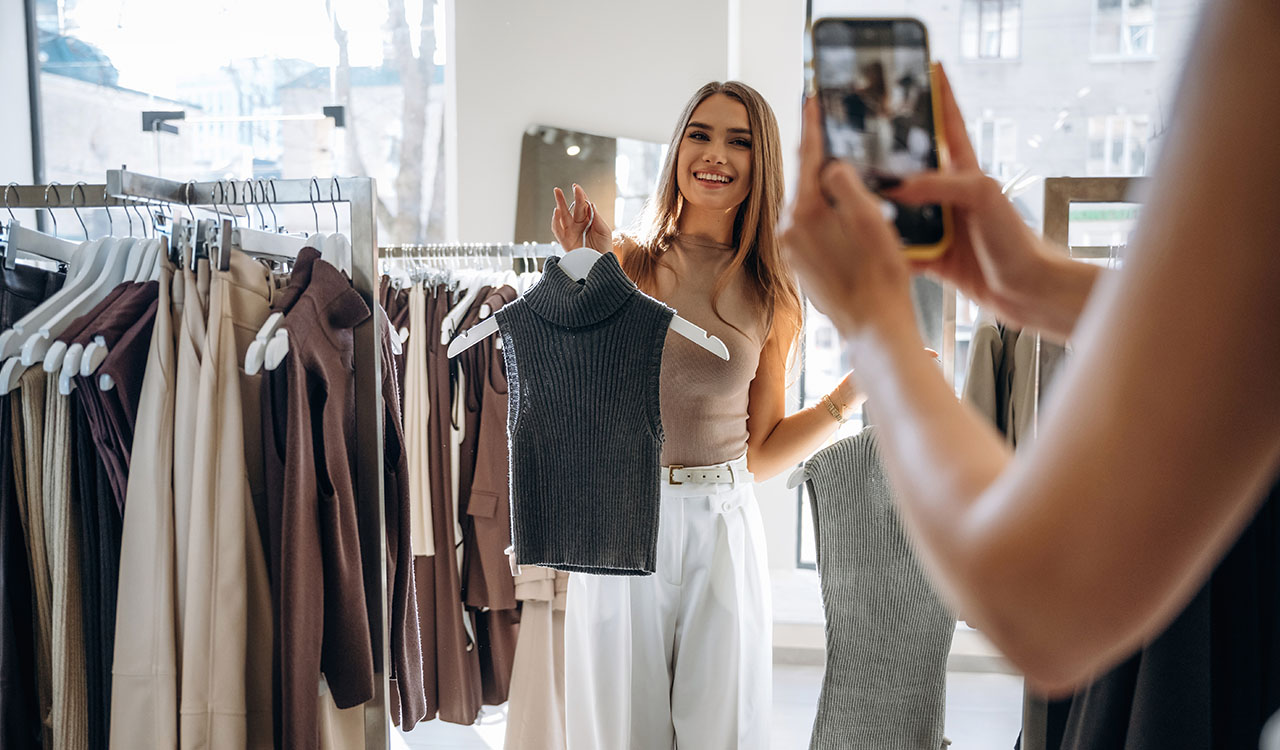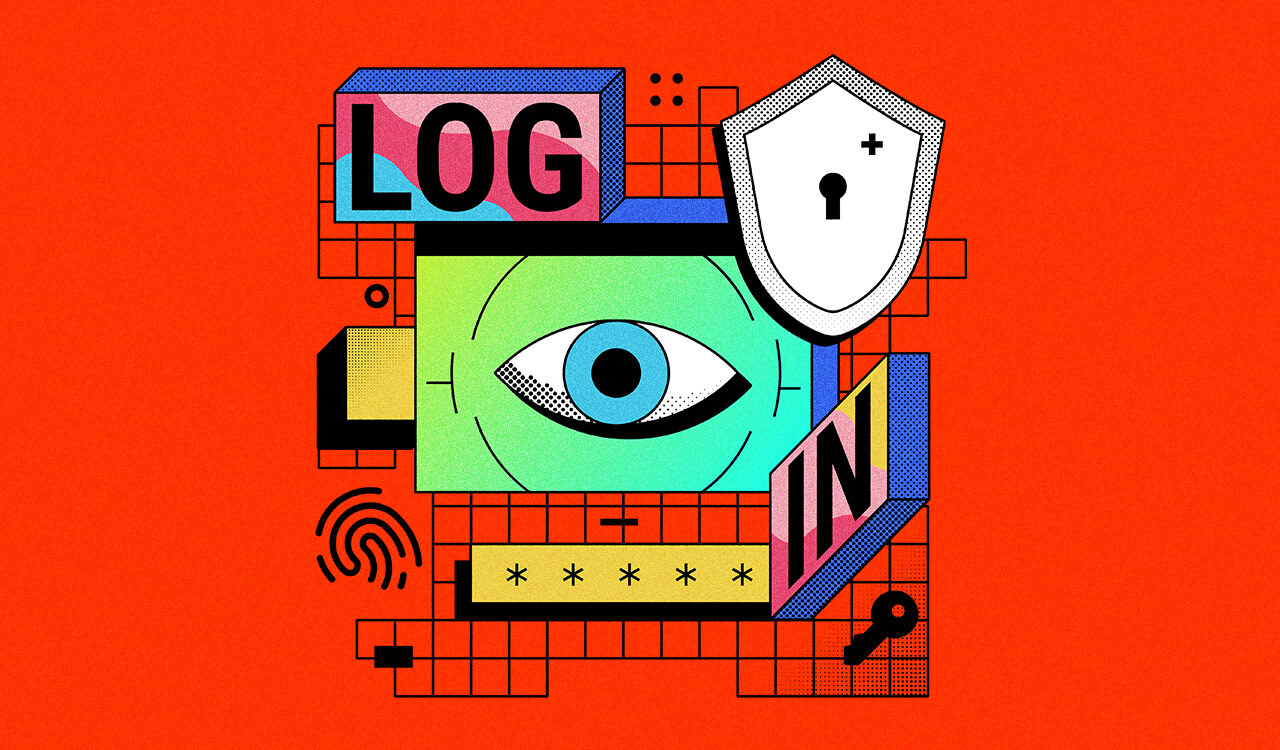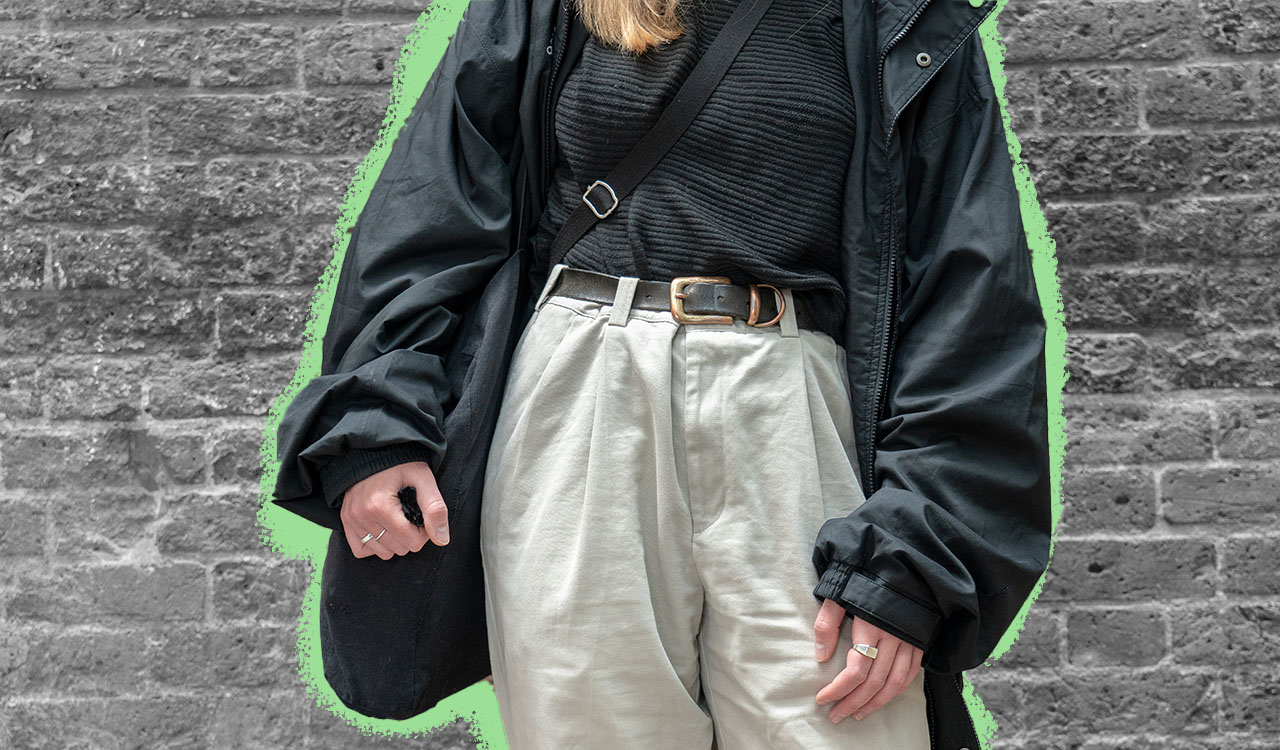The eldest millennials are now 44 years old and staring down the barrel at middle age. As we millennials dip our toes into the Rogaine and joint support supplement pond, it’s come to light that we’re aging quite a bit differently than our predecessors. We’re aging so differently, in fact, that it’s common to see comparison pictures on social media of then-30- to 50-year-old actors in classic shows like Cheers, Seinfeld, Frasier, and Golden Girls alongside those of modern celebrities of the same age today. We’re the Peter Pan generation.
While society once treated older women who dressed in “age-inappropriate” clothing as pariahs who were “trying to dress young,” the new narrative is: “Why should women change how they’ve always dressed because of a date on a birth certificate tucked away somewhere?”
The takeaway? Millennials’ skin, fashion, and hair proclivities aren’t getting old in the traditional sense of the term or at the same rate. Sure, boomers have nice homes and retirement savings, and Gen Z is independent and busy experiencing the first exhilarating flushes of young adulthood, but millennials have one thing going for us: We don’t look our age. We also don’t dress our age. And our finances? Well, they’re not exactly 40-something worthy, either.
Let’s look at some of the factors contributing to millennials’ suspended adolescence and which retail categories stand to benefit from it. Booming wellness market, anyone? What’s next for the Peter Pan generation?
Risqué All-Day Fashion
Dressing your age is a thing of the past for many millennials. You can attribute this to two factors: 1) fashion influencers who are breaking down sartorial norms around aging; and 2) select Gen X and boomer celebrities wearing risqué apparel well into their 50s or, in Cher’s case, even their 70s. Millennials are previewing aging in an era when formerly shellacked Baywatch star Pamela Anderson shows up to film premieres barefaced. And while there are, admittedly, plenty of naysayers on the most recent photos of Xers J. Lo, Shania Twain, and Gwen Stefani letting it all hang out, the cultural conversation about their self-expression is positive.
While society once treated older women who dressed in “age-inappropriate” clothing as pariahs who were “trying to dress young,” the new narrative is: “Why should women change how they’ve always dressed because of a date on a birth certificate tucked away somewhere?” Sure, we see this in sexpot celebrities like J. Lo showing off the fact that curves don’t deflate when one hits 50, but also with people refusing to abandon sartorial choices that reflect their social in-group. Think rock n’ rollers, conservative 4th of July enthusiasts, goths, tech bros any number of other tribal styles well into the winter of life.
Whether this shift is due to online communities encouraging people to live power to their truths and dress for themselves, or an international viral case of Peter Pan syndrome overtaking an entire generation, it’s up to the beholder to decide. What we know for certain is that aging is no longer the vehicle for white bread, body concealing elder wear. Yes, that clothing still exists, and millennials might even wear Lily Pulitzer muumuus when we’re pushing 60 but, if we do, we’ll do so ironically with a great #grandmagarb hashtag to boot. The bottom line? The idea that an outfit is only appropriate for a person with one type of face/body and out-of-bounds for someone else is philosophically abhorrent to next gens. We’ll get old, that’s for certain, but we’ll do everything in our power to remain ourselves while doing so, including our personal style.
Death Is So 2000 and Late
Looking younger is just the tip of the iceberg. Vogue called “living longer” the hottest trend of 2025 before the release of the controversial Netflix documentary Don’t Die: The Man Who Wants to Live Forever. The documentary follows millionaire Bryan Johnson tweaking his stringent daily anti-aging routine with the latest (and, in some cases, most expensive) scientific developments in the field. While Johnson positions himself as a nearly Christlike figure, risking his own well-being to serve as a test subject for the latest advancements in anti-aging for others, many critique the fact that he’s treating himself alone narcissistically –often via controversial treatments like fresh blood infusions from his college-aged son.
Johnson may be alone in the extreme nature of his search for eternal youth, but his passion is also indicative of the cultural zeitgeist of the time: We’re finally discovering the products that can slow the appearance or physical effects of aging, right in time for Peter Pan millennials to start feeling the crunch of Father Time. This focus has massive implications for the retail, healthcare, and cosmetic sectors.
Our predecessors didn’t have scientifically sound options to combat physical signs of aging or the decreased cognitive abilities that accompany old age. But nowadays, longevity is being framed as a consumer product and service. While few of us can afford the medical care necessary to literally siphon the blood from the youths in our lives into our veins, anti-aging supplements, light therapy, physical exercises (Wim Hof, anyone?), and skin treatments are more accessible to the many.
How to Biohack Aging
Age is no longer a static concept, and millennials are spending our modest disposable incomes to turn the tides in our favor. The numbers back our fixation: Euromonitor International projects that global sales of vitamins and supplements will reach $139.9 billion by the end of 2025, up from $127.2 billion in 2024. And the number of online products labeled NAD+ nearly tripled from 409 to 1,137 as of August 2024.
And that’s just supplements, not including all the red and blue light masks, microneedling patches, at-home facial devices, med spa treatments, and esoteric online wellness coaches profiting off the concept of eternal youth.
Millennials are doing our anti-aging research and those that hope to win our market share should also reflect this knowledge. This shift in consumer behavior presents a unique opportunity for brands and retailers to cater their offerings to a demographic that sees aging as a somewhat preventable inconvenience. Companies that embrace this non-linear approach to aging by reflecting the latest developments and trends in the field will be best positioned to succeed. We will not go gentle into that good night; nor will our skin, minds, or sartorial choices.





